Seven Supermarket Breads with Deceptively Healthy Names
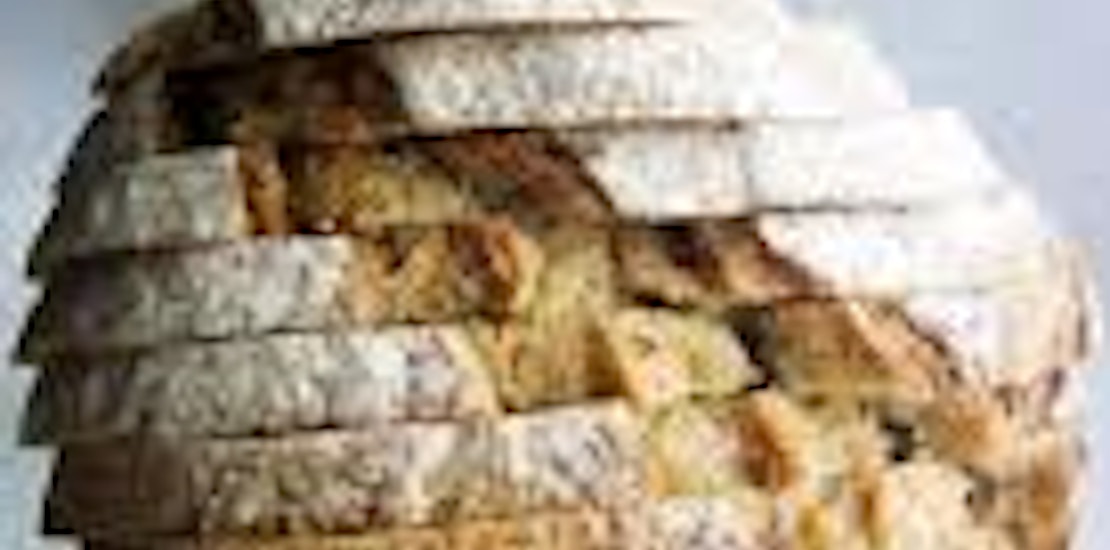
Mass food manufacturers don’t make healthy eating and supermarket shopping easy for consumers. Avoiding the cookie and chip aisles is easy enough (well, sometimes), but what some of us may not realize is that nutritional pitfalls are found all over the grocery store?even in the bread aisle, where practically every package is labeled “all natural” and “multi-grain.”
Manufacturers use these terms to give their products healthful halos that entice customers. “Seven-grain bread sounds healthy,” one person might think. “Light bread has to be better for me than the regular kind,” another might decide. But a closer look at the nutrition facts and ingredients lists reveals that many breads have deceptive names. Often, they’re not much different from the white kind: they’re similarly refined (and therefore qualify as "bad" carbs, aka the carbs that make blood sugar spike) and sometimes alarmingly high in sodium. These breads have healthy-sounding names, but they’re not as virtuous as you might think.
Rudy’s Organic Spelt Bread
This brand boasts “stuff you can pronounce and ingredients you can recognize,” which is true: ingredients include whole spelt flour, organic molasses, and the like. But take a look at the nutrition facts, and you’ll see that one serving?which is one slice of bread?has a whopping 210 milligrams (mg) of sodium. Since many people use two slices of bread to make a sandwich, that’s 18 percent of your recommended daily allowance (RDA) for sodium right there. Just imagine what it’ll jump to after you add condiments and other sandwich necessities.
Healthy Choice 7-Grain Bread
Sad that a name like Healthy Choice almost always guarantees poor-quality ingredients that are far from healthy choices. The first ingredient is whole wheat flour, which is a good sign, until you realize that the next two (after water) are bleached wheat flour and high-fructose corn syrup.
Roman Meal Honey Wheatberry Bread
Wheatberries are whole-wheat kernels that are members of the whole-grain family and fiber filled, so you’d think bread made with them would be a safe bet. Unfortunately, like its Healthy Choice peer, Roman Meal suffers from an unsettling number of iffy ingredients: HFCS and “dough conditioners” with multisyllabic names like ethoxylated mono-diglycerides and azodicarbonamide. Also, though wheatberries are great sources of dietary fiber, this honey wheatberry bread has only two grams per serving.
Butter-Krust Country Golden Honey and Apples 100% Whole Wheat Bread
If you’re not turned off by the brand name alone (seriously, “Butter-Krust”?), the amount of sodium might do it. Like Rudy’s, there’s 210 mg of sodium in every slice, plus the added benefit of unfavorable ingredients like fractionated palm kernel oil and “sodium stearoyl lactylate,” a food additive.
Milton’s Multi-Grain Bread
The word “multi-grain” is often associated with “whole grain,” but what it really means is that there are multiple grains, including the refined ones we should watch out for. Milton’s first ingredient is enriched unbleached flour, which is a nicer way of saying “white flour.”
Sunbeam Whole Grain White Bread
This sounds like a step up from regular white bread, but a quick scan of the ingredients list shows many of the same ingredients you’d find in nutritionally lame breads, like bleached flour and that pesky sodium stearoyl lactylate again. Also, HFCS comes right after whole grain wheat flour on the list, and that’s never a good sign.
Pepperidge Farm Light Style Oatmeal Bread
Too often, dieters reach for products labeled “light” and “low-calorie” without considering the quality of the calorie. There may be only 140 calories in three slices of oatmeal bread (oddly enough, that’s what constitutes one serving), but included in those calories are HFCS, calcium propionate (a preservative), and very little fiber.
In the bread aisle, you can’t judge a product by its label alone; a healthy-sounding name does not a nutritional powerhouse make. But not all bread is untrustworthy. For instance, though its spelt bread is high in sodium, Rudy’s breads are pretty safe bets in general. It just takes a little detective work (i.e., turning the package over and reading the nutrition facts and ingredients list) to see which ones are best. Finding healthful bread in a sea of deceptive brands is tricky, but when you know what to look out for?no HFCS, low sodium, a good amount of fiber, and whole wheat or whole grain flour as the primary ingredient?the bread aisle doesn’t seem nearly as intimidating.
Originally written by Vicki Santillano for DivineCaroline.com
Make a Comment
 by
oldbag | STATEN ISLAND, NY
by
oldbag | STATEN ISLAND, NYyou have to be a food scientist these days to figure out labels....
 by
Jenny824 | Jacksonville, FL
by
Jenny824 | Jacksonville, FLMy dad recently learned he has Type 2 Diabetes, so lately we have been reading all the product labels. This is not a surprise, this not only applies to bread but lots of other foods, especially so-called "healthy" frozen dinners. Usually these have almost a days worth of sodium. It is best to read everything before you buy it because looks can definitly be deceiving.
 by
GuessWho | PHILADELPHIA, PA
by
GuessWho | PHILADELPHIA, PAI am so glad that people are becoming more educated about the deceptive tactics that are used by manufacturers today. Just because the name sounds healthy doesn't mean that it is healthy and I believe that these companies should be held accountable for this practise. Why can't we as consumers have good healthy food? Why do we need additives in our food that will ultimately make us ill? I would love to see a day when we don't see a label for "organic" or "all natural." All of our food should be made to simply sustain us and keep us healthy.
 by
leahb97 | Bald Knob, AR
by
leahb97 | Bald Knob, ARmy family likes Nature's Pride bread, like the Oatmeal, Nutty Oat, and the one with lots of grains; i can't remember the name of it, but they're hard to find where we live or are very expensive! Orowheat is also good!
 by
blueeyes1 | Topeka, KS
by
blueeyes1 | Topeka, KSAs a diabetic, I always look at the ingredients of whatever I am buying. I focus on the carbs, the fiber and protein. I also look to see where sugar or the dreaded HFCS falls in the list. It's getting harder and harder to buy foods that are healthy for me and making my shopping trips that much longer.
 by
steffyt | Molalla, OR
by
steffyt | Molalla, ORI am not surprised by this at all. I always look at the ingredients on my food. Why would I not look at the ingredients in my bread. Some of the stuff they put in our food.....ICK!
 by
MadHatter | Whitestone , NY
by
MadHatter | Whitestone , NYi am not really surprised about this...unless you make the bread yourself and know the ingredients you are putting in the mixture, i won't trust what is said on the label much when purchasing food. I assume the "extra" ingredients are to give the bread more flavor or to have it keep a longer shelf time?





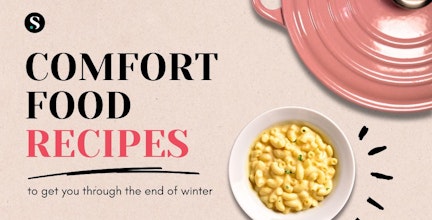



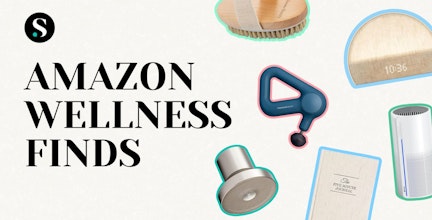
_01252024061712.jpg?max-w=432&max-h=220&fit=crop&auto=format)

_10242023164832.jpg?max-w=432&max-h=220&fit=crop&auto=format)
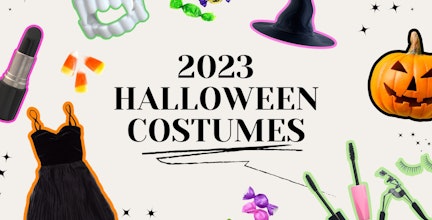

_08172023152001.jpg?max-w=432&max-h=220&fit=crop&auto=format)

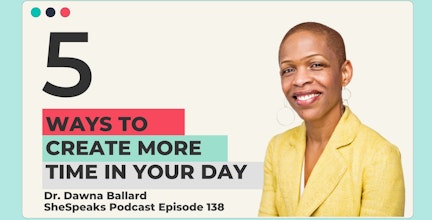
 (6)_07082023175312.jpg?max-w=432&max-h=220&fit=crop&auto=format)
 (1)_05192023144508.jpg?max-w=432&max-h=220&fit=crop&auto=format)

 (37)_05032023114523.jpg?max-w=432&max-h=220&fit=crop&auto=format)
 (3)_04112023125932.jpg?max-w=432&max-h=220&fit=crop&auto=format)
 (36)_04272023152113.jpg?max-w=432&max-h=220&fit=crop&auto=format)